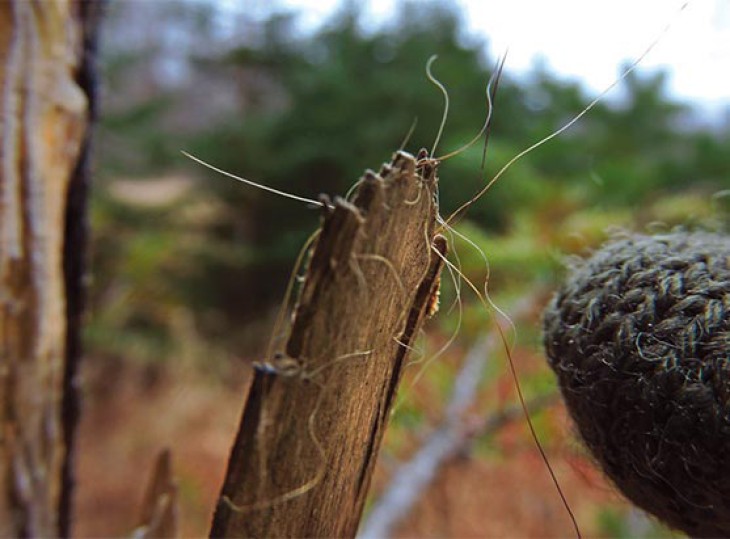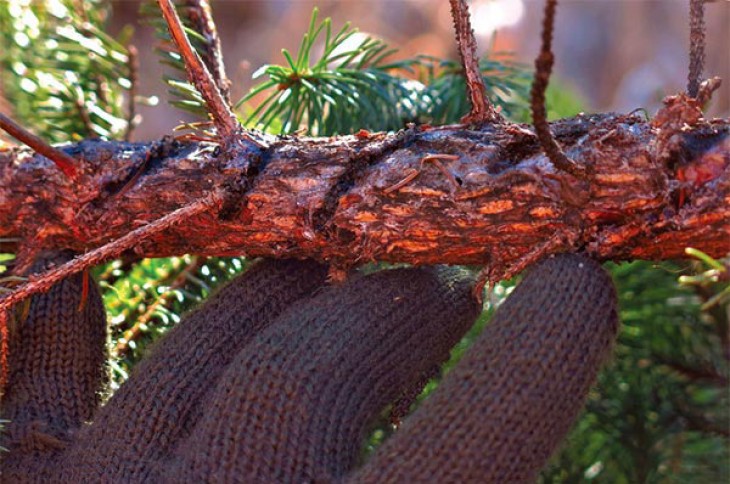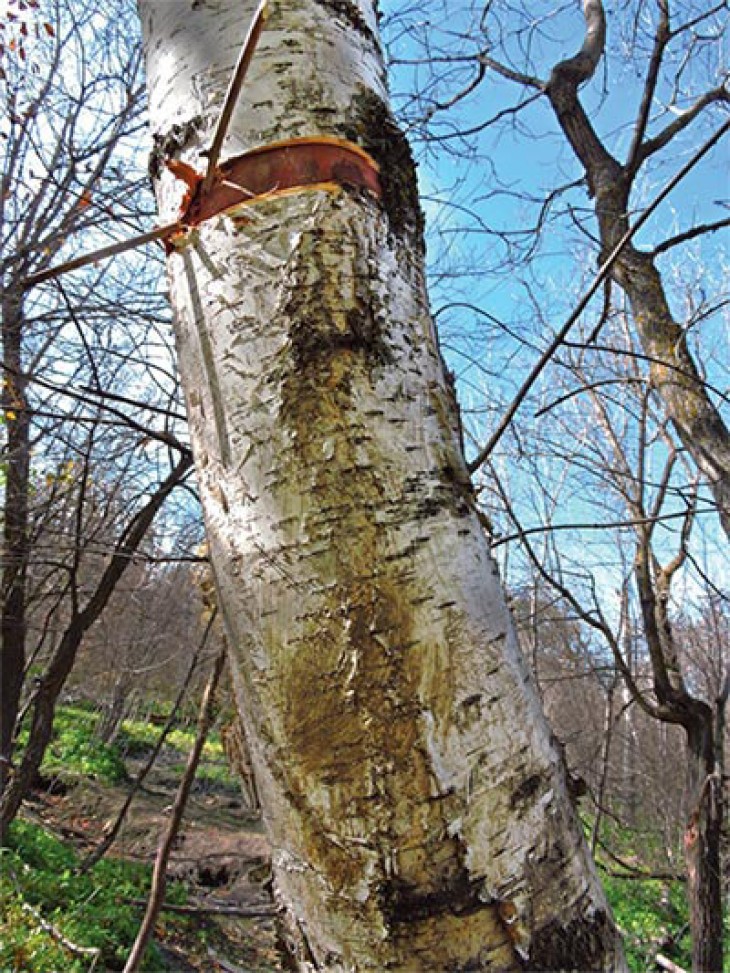Contrary to popular notion, bears are not ravenous upon emerging from their dens in April. Instead, they remain uninterested in food for several days, though perhaps nibbling on the occasional green forb or catkin. Followed by her tiny cubs, a sow may make small forays, but the family will typically stay near their winter den until the cubs are stronger and able to travel. They will all sleep outside the den, often at the base of a large refuge tree, where the cubs will rest during the day and be safe when mother is away.
Even after the calendar officially turns to spring, the woods remain damp and cold, with a lingering snowpack, cold rains, and even the occasional snowstorm. Toward the end of April, however, open wetland edge habitats and forested wetlands, including seeps and vernal pools, attract increased bear visitations, especially by lactating sows with cubs. The tender shoots and leaves of sedges, grasses, and forbs are on the menu of the now hungry bears. Nearly 90 percent of a black bear’s spring diet consists of these early spring greens, which have not yet developed the indigestible cellulose and lignin that will eventually make them less palatable.
In summer, when bears have dispersed throughout the forest seeking fruit and berries, we can inspect the wetlands for signs of a bear’s springtime activities. Here are a few things to look for:
- Young conifers that have been bent over and broken by bears are easily recognized. Claw scars show on the tops of trees that were grasped and pushed down, and hairs will still be found, jammed within the splintered wood. This occurs when the bear (usually a female) straddles the broken tree and rubs it. If she is seeking a breeding partner, her urine and pre-estrus scents will be posted on the foliage of the spruce or fir she has mounted.
- As the weather becomes warmer, bears will cool themselves in vernal pools or the shallow coves beside larger ponds. Evidence of wet bears back-rubbing and scent-marking nearby trees can be found months later. Look for muddy fur impressions, hairs, bite marks, and claw scars. If there is a paper birch at a prominent place, or an intersection along a game trail, look there.






